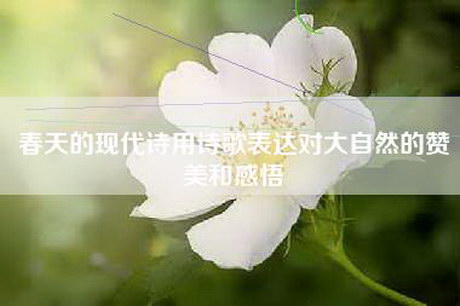Greetings in English: A Comprehensive Guide to Common Greetings
Introduction
Greetings are an essential part of daily communication. They help us establish connections, show respect, and create a sense of warmth and friendliness. In English, there are many different ways to greet someone, depending on the context and the relationship between the speakers. In this article, we will provide a comprehensive guide to common greetings in English.
Formal Greetings
Formal greetings are used in professional settings, such as business meetings, interviews, or official ceremonies. They are also appropriate when addressing someone you do not know well or someone who is older or in a higher position than you.

1. Good morning/afternoon/evening: These are the most common formal greetings, depending on the time of day.
2. Hello: This is a neutral and polite greeting that can be used in any formal situation.
3. How do you do?: This is a very formal and traditional greeting that is rarely used nowadays. It is usually responded to with the same phrase.
4. Nice to meet you: This is a polite way to greet someone you are meeting for the first time.
5. It's a pleasure to meet you: This is a more formal and respectful way to greet someone you are meeting for the first time.
6. Good to see you: This is a polite way to greet someone you have met before.
7. How are you?: This is a common greeting, but in formal situations, it is often used as a way to show concern rather than a genuine question.
8. I hope you are well: This is a more formal and polite way to show concern for someone's well-being.
Informal Greetings
Informal greetings are used in casual settings, such as among friends, family, or colleagues you know well. They are also appropriate when addressing someone younger or in a lower position than you.
1. Hi/Hey/Hello: These are the most common informal greetings.
2. What's up?: This is a casual and friendly way to ask how someone is doing.
3. How's it going?: This is another casual and friendly way to ask how someone is doing.
4. Howdy: This is a traditional greeting used in the southern United States.
5. Yo: This is a very informal greeting used among young people.
6. What's happening?: This is a casual way to ask what someone is up to.
7. How's life?: This is a friendly way to ask about someone's general well-being.
8. Long time no see: This is a friendly way to greet someone you haven't seen in a while.
Special Occasion Greetings
There are also special occasion greetings that are used for specific holidays or events.
1. Merry Christmas/Happy Hanukkah/Happy Kwanzaa: These are greetings used during the winter holiday season.
2. Happy New Year: This is a greeting used on New Year's Day.
3. Happy Valentine's Day: This is a greeting used on February 14th.
4. Happy Easter: This is a greeting used during the Easter holiday.
5. Happy Thanksgiving: This is a greeting used on the fourth Thursday in November in the United States.
Conclusion
In conclusion, there are many different ways to greet someone in English, depending on the context and the relationship between the speakers. Formal greetings are used in professional settings or when addressing someone you do not know well, while informal greetings are used among friends, family, or colleagues you know well. There are also special occasion greetings used for specific holidays or events. By using the appropriate greeting, you can establish connections, show respect, and create a sense of warmth and friendliness.











